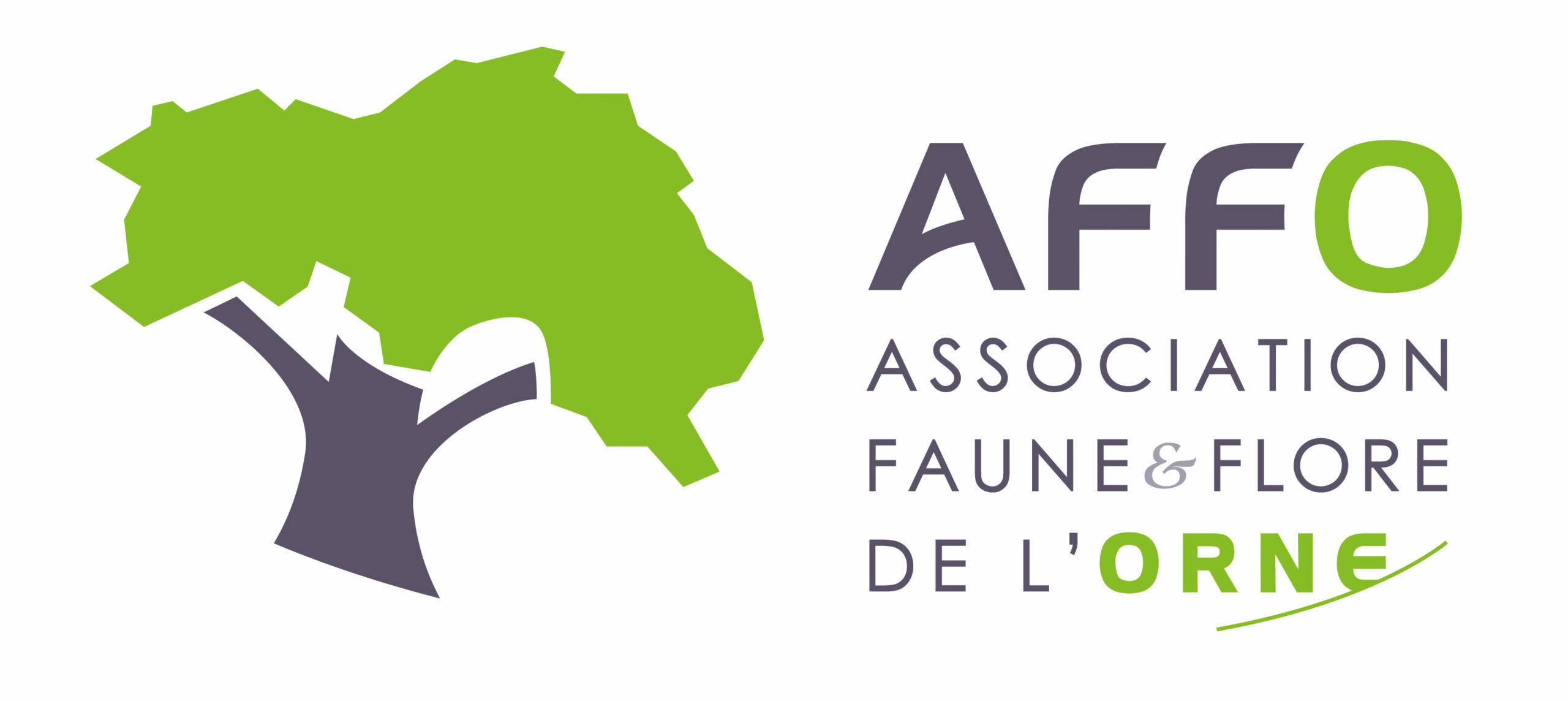Dicranum scoparium Hedw., 1801
Où cette espèce a-t-elle été observée ?
 Attention : cette espèce peut être présente où il n’y a pas de maille, mais à ce jour elle n’y a pas encore été observée.
Attention : cette espèce peut être présente où il n’y a pas de maille, mais à ce jour elle n’y a pas encore été observée.
- 67 observations
-
33
communes -
14
observateurs
5
organismes -
Première observation
1900 -
Dernière observation
2025
Arcisses - Authon-du-Perche - Belforêt-en-Perche - Bellavilliers - Béthonvilliers - Bretoncelles - Champrond-en-Gâtine - Cour-Maugis sur Huisne - Digny - Feings - Fontaine-Simon - Jaudrais - La Ferté-Vidame - Lamblore - La Puisaye - Le Mage - L'Hôme-Chamondot - Longny les Villages - Louvilliers-lès-Perche - Manou - Marolles-les-Buis - Miermaigne - Nonvilliers-Grandhoux - Rémalard en Perche - Sablons sur Huisne - Saint-Bomer - Saintigny - Saint-Mard-de-Réno - Saint-Martin-du-Vieux-Bellême - Saint-Maurice-Saint-Germain - Senonches - Soligny-la-Trappe - Tourouvre au Perche
-
Institut national de l'information géographique et forestière (IGN)
Participation à 44 Observations
Part d'aide à la prospection : 65.67 %
Fiche organisme
-
Conservatoire botanique national du Bassin parisien (CBNBP)
Participation à 12 Observations
Part d'aide à la prospection : 17.91 %
Fiche organisme
-
Association Faune & Flore de l'Orne (AFFO)
Participation à 5 Observations
Part d'aide à la prospection : 7.46 %
Fiche organisme
-
PNR et géoparc mondial UNESCO Normandie-Maine
Participation à 2 Observations
Part d'aide à la prospection : 2.99 %
Fiche organisme
Informations espèce
G1.6114 : Western sub-Pannonic collinar woodrush beech forests
G1.6115 : Pannonic collinar woodrush beech forests
G1.69311 : Balkan Range woodrush-beech forests
G1.7C71 : Pannonic privet juniper-poplar steppe woods
G1.91722 : Oro-Scandian bilberry-hairgrass birch woods
G1.91723 : Oro-Scandian bilberry-dwarf cornel birch woods
G3.1G : Picea omorika forests
G3.4C9 : East Carpathian bilberry Scots pine forests
G3.B12 : Barbilophozia birch-pine taiga
G3.B2 : Vaccinium vitis-idaea Pinus and Picea - Pinus taiga
Répartition actuelle en France métropolitaine
© INPN - Avertissement : les données visualisables reflètent l'état d'avancement des connaissances et/ou la disponibilité des données existantes au niveau national : elles ne peuvent en aucun cas être considérées comme exhaustives.
Répartition actuelle dans le monde
Avertissement : les données visualisables reflètent l'état d'avancement des connaissances et/ou la disponibilité des données existantes au niveau mondial : elles ne peuvent en aucun cas être considérées comme exhaustives.










